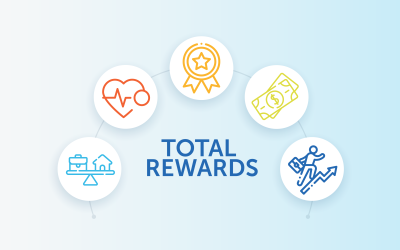From the break room to the boardroom, people like to be recognized for their successes. Within the study of workforce motivation, evidence points to employee recognition as the driver of employee engagement.
How do you tell, though, if your company’s employee recognition programs are good ones that add to the company’s bottom line?
Engage Employees Through Reward
So many different types of recognition can compliment your employees. But which ones inspire them to become an integral part of your company?
Companies usually build in different types of recognition – anniversaries (“Jen has been with us two years today!”), peer-to-peer, leader-based – as well as different delivery systems (verbal, documented, digital). Generally, it’s the job-well-done employee recognition that builds a connection and engagement with your company. Recognition of performance combined with a reward of monetary value helps solidify the deal.
Your Reward for Engaged Employees
Employee engagement has big rewards for a company’s bottom line. Employees who feel connected with their company enjoy their work and enjoy being at the workplace. They are absent less often and are more likely to stay with the company for longer periods of time than employees who don’t feel engaged.
Engaged employees are the biggest promoters of your business. They are more likely to:
- Stay with a company, reducing turnover
- Perform well
- Recruit new talent
- Be as committed to company goals as their own professional goals – they view the two as intertwined
Employee engagement is also important for the future of your business, with respect to leadership succession. Some rising stars that aren’t recognized and rewarded just won’t stick around.
Measuring employee engagement with an eye to increasing it can be a very important business investment.
ZeroedIn Helps Measure What Inspires Your Employees
ZeroedIn helps you measure the success of your employee engagement programs.
We measure the impact that employee recognition has on your business, providing insights about the impact on the bottom line. We look for correlations between recognition and company actions so that you know how to correct course. For example:
- How and how often are leaders positively recognizing employees?
- Does leader recognition differ across divisions?
- Is there a difference between employee performance and turnover in the different divisions?
- How do performance/turnover differences relate to different leader-recognition styles?
When a company invests in recognition programs, ZeroedIn’s job is to show you if that investment is returning dividends. Workforce analytics are critical for helping companies engage their workforce, provide oversight, and adapt quickly to new solutions when needed.




